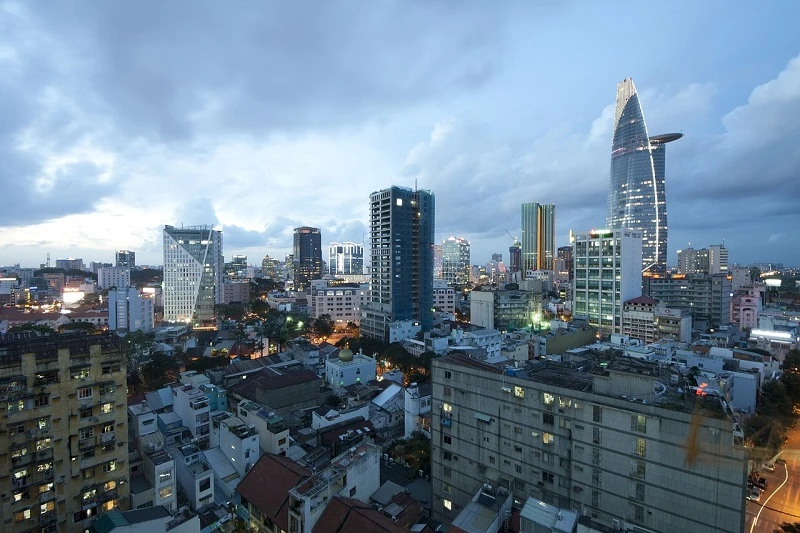
Vietnam is a nation that is fast developing and is adventurous. The cities in Vietnam are teeming with innovation, culture, and colonial architecture, and they keep moving forward.
A variety of architectural styles and contemporary Asian architecture may be found in several of Vietnam’s cities. The top cities in Vietnam are just waiting for you to discover them with their breathtaking geographical natural landscapes, cutting-edge cityscapes, and traditional cultures.
The major cities of Vietnam are lovely all year round, having both indoor and outdoor attractions for tourists, but if you’re thinking of visiting, think about the time of year you’ll be there. Avoid traveling during South East Asia’s monsoon season, which typically lasts from June to October.
Similarly, temperatures in Vietnam’s south can reach 35°C with 100% humidity, while Sapa’s northern highlands frequently see lows of 5°C even during the hottest months.
Traveling across Vietnam is easy, whether you want to take a cheap long-distance bus or one of the country’s renowned trains. The journey itself is full of breathtaking scenery and welcoming locals. Here are the top cities in Vietnam to visit.
Hanoi
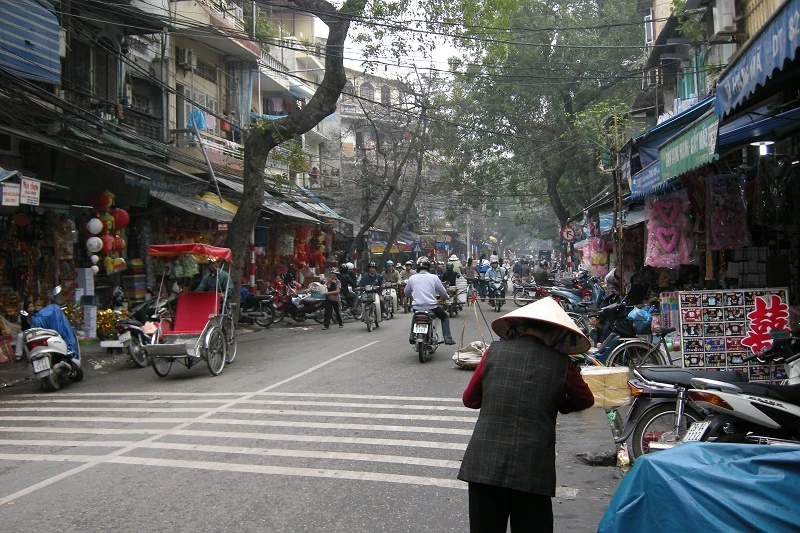
Hanoi, Vietnam capital city, is rich in stunning architecture, a mysterious youth culture, and centuries of history. If you choose to stay in the city’s historic district, you will be surrounded by French colonial buildings with deteriorating, vine-covered facade.
Street carts serving delectable delicacies that showcase the city’s plethora of culture and energy continue to play a significant role in the culinary scene. Sit in sidewalk cafés, drink iced coffee and savour a banh mi.
The vibrant streets and friendly faces of Hanoi overshadow the city’s numerous attractions and museums. You might easily spend days here just exploring the city’s streets, lakes, and food markets. Just be careful around the motorcycles, they are everywhere.
Ho Chi Minh City
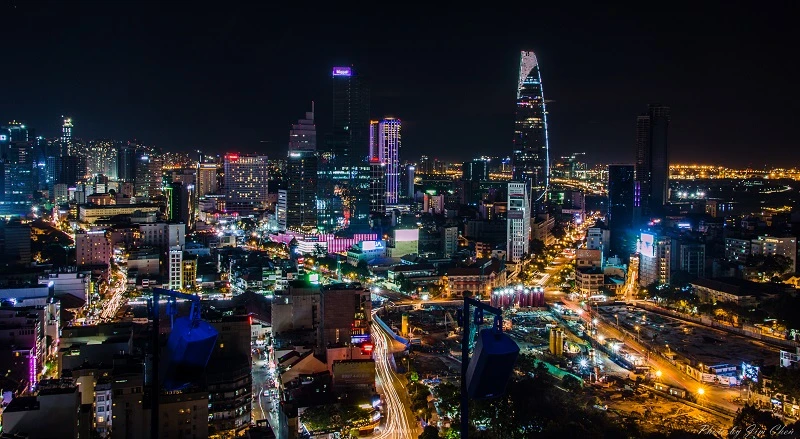
The city in the south has had a difficult past, too. Ho Chi Minh City, often known as Saigon to many locals, gets its name from the great communist leader and serves as a reminder of the social and political might of Vietnam.
The city, which is less attractive than the capital, is now populated by a mix of foreigners, tourists, and residents who all live and work along the historic passageways. The military museum here offers insight into Vietnamese military prowess, while the Independence Palace is a triumph of contemporary architecture.
The city comes alive at night, with pubs and restaurants full with revellers who mix and mingle in the crowded streets.
Hoi An
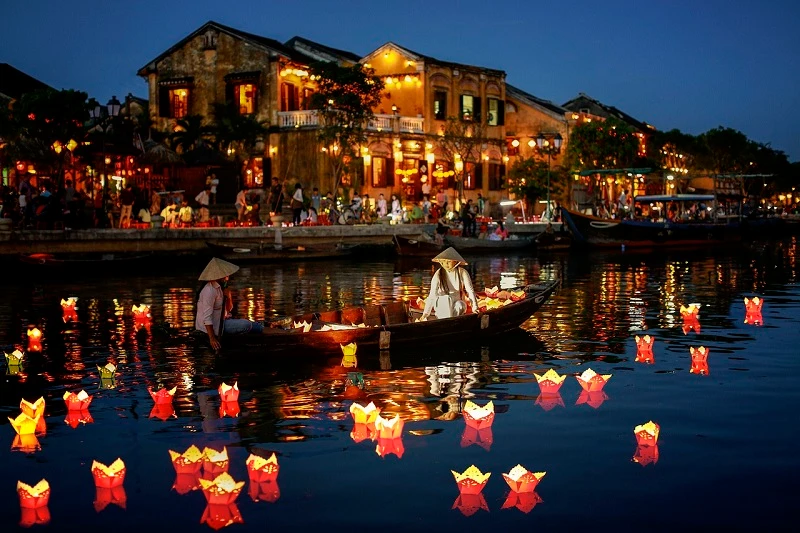
Hoi An’s atmosphere of flaming crimson is comparable to Kyoto in Japan. The historic city is filled with attractive canals that are bordered by colonial mansions, cute Chinese shophouses, and lovely pagodas. French, American, and Chinese influences are blended with a distinctive blend of a strong national identy.
Hoi An is famous not just for its beautiful architecture and vibrant streets, but also for the delectable cuisine it offers. In riverfront restaurants, the town’s eateries and street sellers serve deliciously fresh meals. Enjoy days spent visiting the city’s temples and stunning beaches before treating yourself to a hearty bowl of pho.
Kon Tum
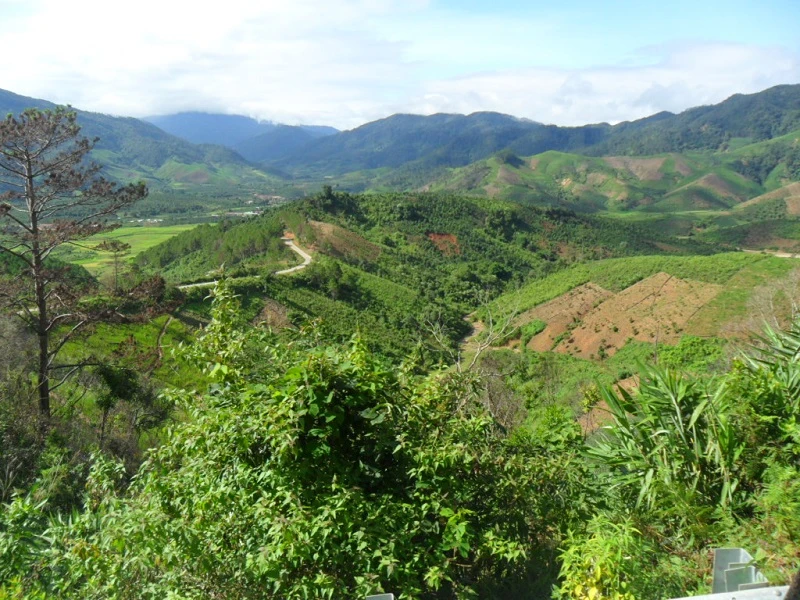
Kon Tum is a pleasant, breezy city located high in the country’s central highlands. Despite having convenient access to well-known locations by road, Kon Tum is decidedly untouristy, allowing tourists who wish to immerse themselves in Vietnamese culture to do so.
The city, which is unassuming and serene and is situated beside the Dakbla River, exudes tranquilly.
Vung Tau
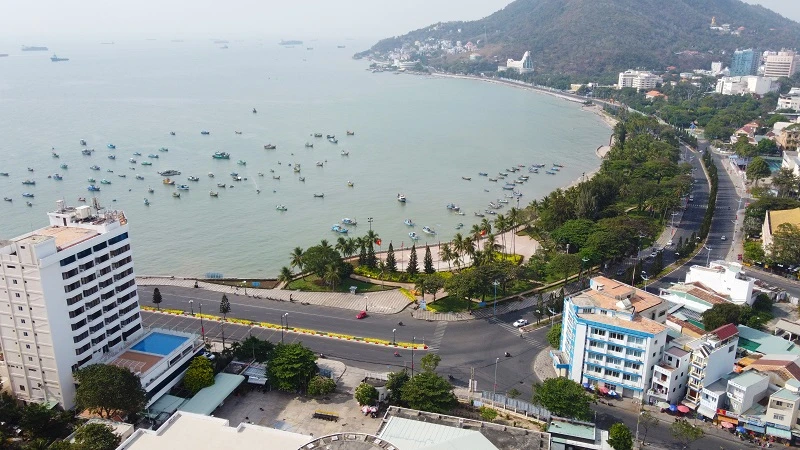
This former French colonial city, which is situated on a peninsula, is now a well-liked weekend vacation location. Visitors who are on quick trips from Ho Chi Minh arrive by hydrofoil boat and stay for a few nights to take in the vacation-like atmosphere, partake in the city’s bars, and eat at one of the many restaurants.
The beach in Vung Tau is a popular hangout for cool kids, as bars and clubs overflow onto the sands as the nighttime activities get underway.
Haiphong
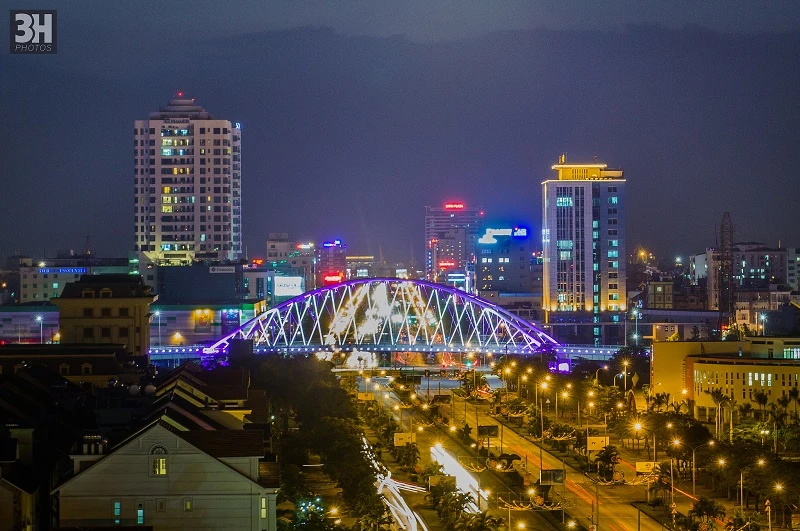
Colonial buildings are everywhere in this bustling industrial metropolis. In reality, Haiphong is far more charming than just a simple industrial port; the northern city is a bustling hub of commerce and is well recognised for its stunning flame flower trees that adorn the streets.
The charming city is a fantastic starting point for exploring the nearby gorgeous areas, like Halong Bay, but it also has some noteworthy attractions of its own. Along the walkways are temples, pagodas, and shrines, and the beach is a nice location to relax and catch some rays.
Ha Giang
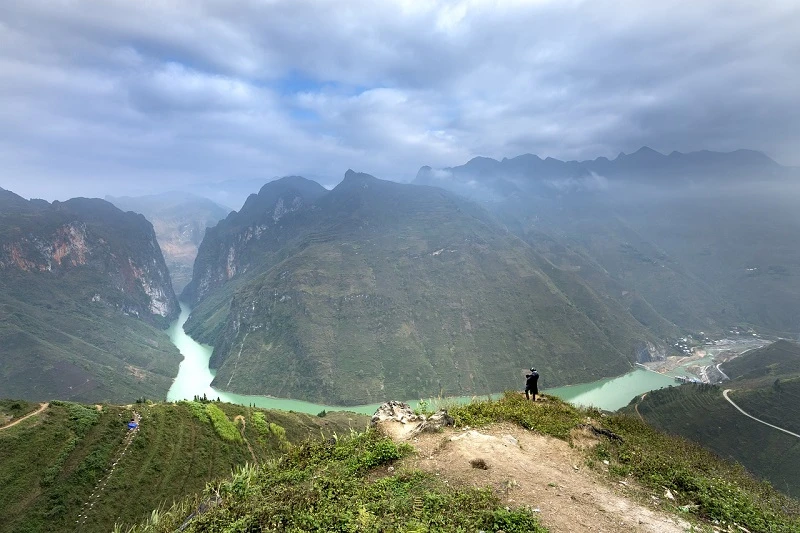
The city of Ha Giang is a place where time stops, situated on the banks of the Lô River and surrounded by hazy mountains. The hills and valleys that surround this less well-known city in the north of Vietnam are home to numerous ethnic communities.
The city clearly displays the region’s cultural heritage. On Sunday, the bustling market is packed with vendors offering pets, fresh produce, and homemade crafts.
Cao Bang city
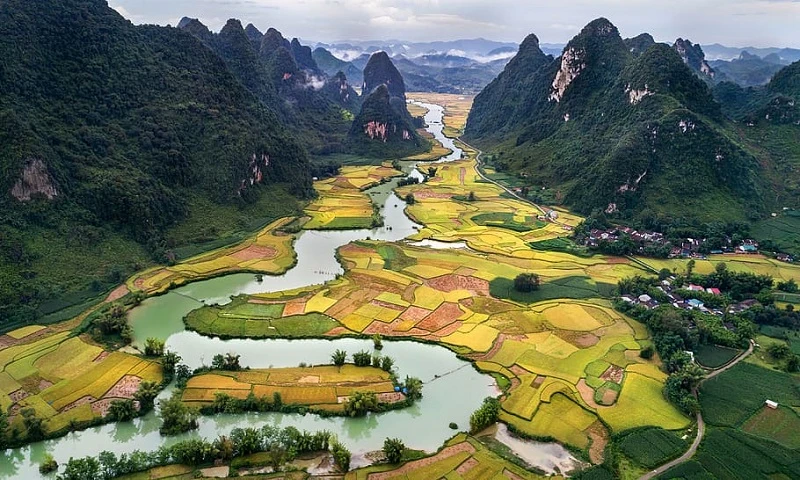
Vietnam’s scenic regions have green hills, blooming valleys, and gushing waterfalls that make them resemble a paradise. The Bang Giang River winds its way through the countryside before entering the affluent Cao Bang.
There are numerous ethnic hill tribes in the region, which is also apparent in the city. The marketplaces are brimming with things produced in the rural areas, and women travel here from nearby villages to sell their fresh food alongside the river.
Cao Bang city is a great entry point into the arcadian countryside and gives visitors an opportunity to see Vietnamese culture.
Tay Ninh
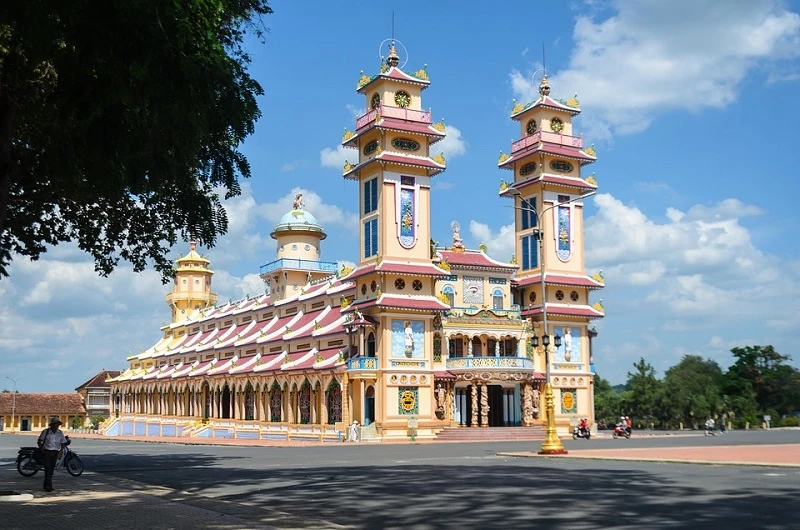
The imposing Black Virgin Mountain dominates Tay Ninh City’s horizon, which is surrounded by Cambodia on three sides. The Cao Dai religion, an indigenous faith prevalent in this region of the nation, is centered in the city.
In the city itself, Cao Dai Great Temple is a sight to behold. It is an extraordinary and distinctive fusion of many architectural forms that must be seen to be believed.
Dong Hoi
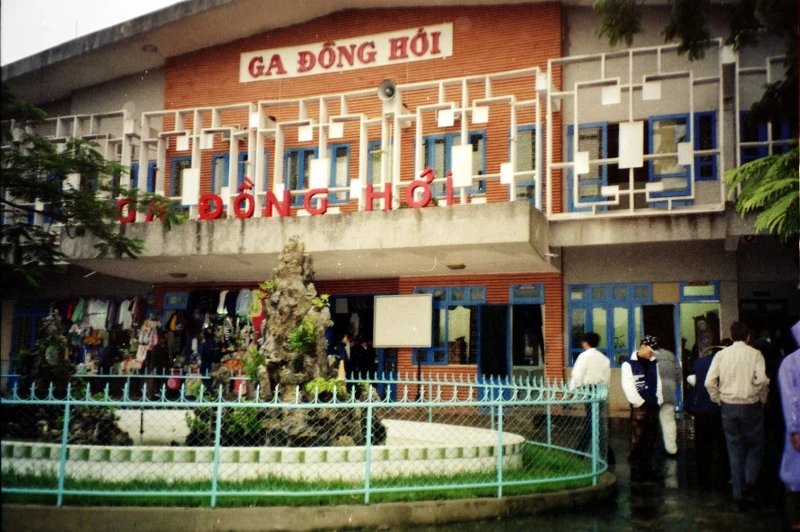
Dong Hoi city, which is close to the border between North and South Vietnam, suffered significant damage during the American-led conflict. It was renovated to transform into a premier coastal destination, and in recent years, attention has been drawn to it because of its length of sandy beach.
There are now numerous new hotels with sea views, as well as outstanding seafood restaurants. Exploring the odd and ethereal cave networks of Phong Nha Cave is only one of the many daring pursuits available in the area.
My Tho
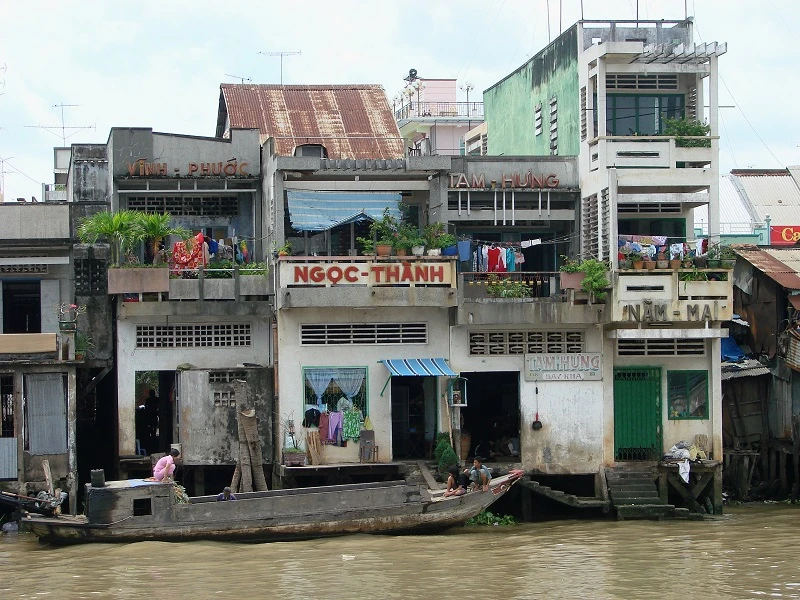
My Tho, which is close to Ho Chi Minh City, gives tourists the chance to experience Vietnamese riverbank life. In the late 1600s, Taiwanese immigrants founded the city, and Chinese influences may still be observed in the architecture to this day. The market town, which is airy and jovial, is perched on the Mekong’s banks.
A boat trip on the water exposes the actual splendor of the adjacent area, and shops offering all different kinds of items open up to the river. While you are in town, be sure to taste the My Tho soup; it is fantastic.
Can Tho
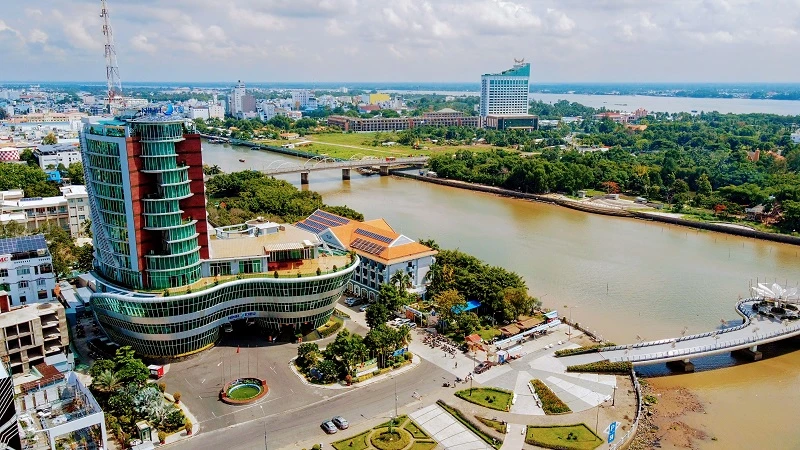
Can Tho, a commercial trading centre at the meeting of the Can Tho and Hau rivers, is well-known for its floating markets. Food is bought and sold on the water at Cai Rang floating market. The city’s economy is built around the rivers and trade along the Mekong that connects them.
The region has earned the moniker “the rice bowl of Vietnam” for good reason: fresh fish, vegetables, and rice are all trafficked via the city, and as a result, the town’s restaurants are brimming with mouthwatering fare.
Evenings in the city are spent taking romantic strolls at dusk down the riverfront promenade, stopping to speak with amicable people along the route.
Nha Trang
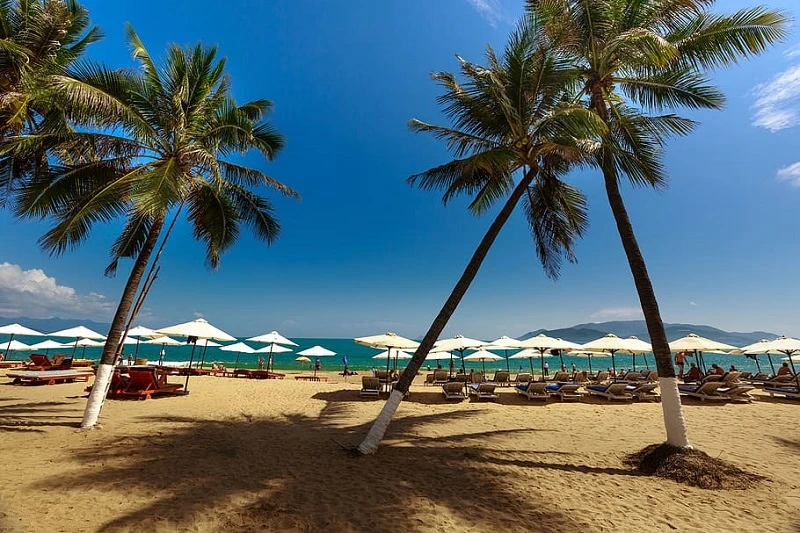
Nha Trang, a popular tourist destination on the South China Sea, is a growing city. The city is located on a long, sandy beach that draws visitors—perhaps too many for some—because of the variety of marine life, clear seas, and robust reefs there.
If you are beach lover, Nha Trang is one of the must visit cities in Vietnam.
Ninh Binh – The seaside city
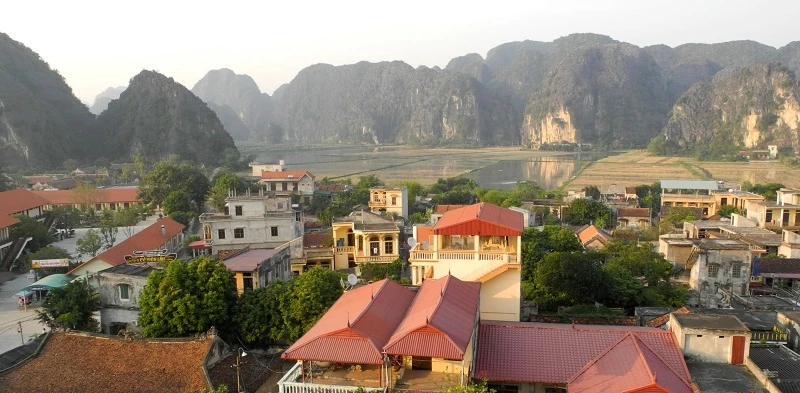
Travelers are drawn to Vietnam’s rural beauty by its expansive natural vistas. Farming is the mainstay of local culture in this peaceful agricultural city. Ninh Binh is a lesser-known Vietnamese destination that is surrounded by towering limestone karst formations, much like the famous Halong Bay.
The city is a laid-back location that’s fantastic for meeting people and establishing new friends. It also serves as an excellent starting point for exploring the magnificent countryside that surrounds it.
A day trip to the Tam Coc Area of Natural Beauty or a short bike ride from the city will get you to the network of caves known as Trang An Grottoes.
Crammed with Catholic churches, Vietnamese eateries, and structures from the Champa Kingdom, it is simple to take a day excursion from the city centre to visit the area’s well-known waterfalls and natural hot springs.
Hue
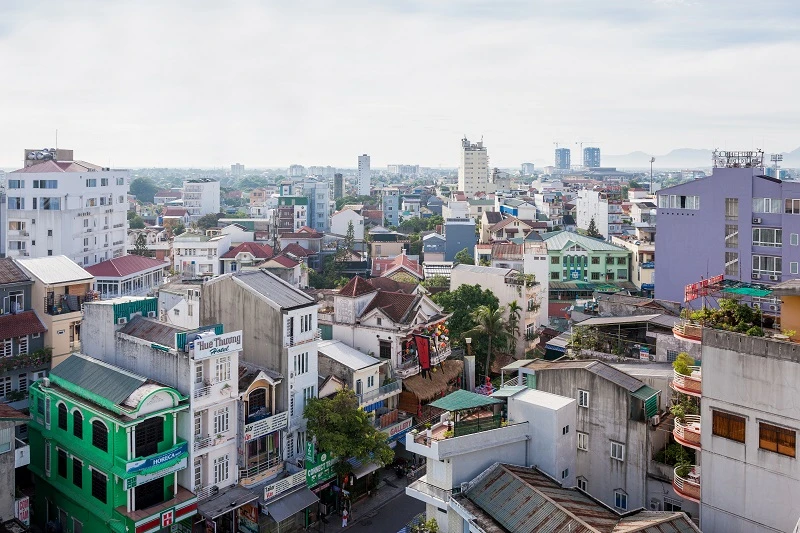
Hue was previously the imperial capital of Vietnam and the residence of the ruling elite, but during the war with the United States, most of its once opulent palace was destroyed. Today, the hamlet serves as a stopping point for travelers who want to explore the ruins for a few days.
The Imperial Palace is a fascinating destination to see even if most of it is in ruins. Some of the Imperial Palace is still in tact, while some of it has been meticulously reconstructed.
Take a bike trip outside the city to see the emperors’ extravagantly constructed tombs, and then come back to the city to spend the evening dining along the Perfume River.
Dalat
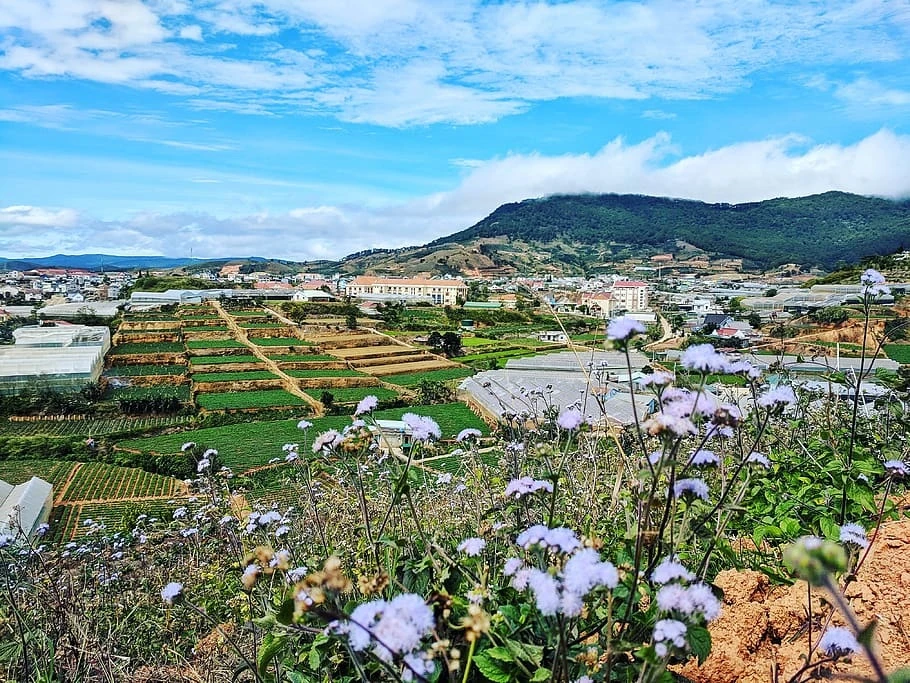
Dalat is a spring-like city located in the southern portion of the central highlands of Vietnam. Dalat is a chic rural city that is dotted with French colonial homes and has a fresher temperature than other cities in the nation.
The city was first built as a French vacation spot, but it has now started to draw some Vietnamese couples looking for a romantic getaway.
The city is being viewed from a fairly tacky tower that resembles the Eiffel Tower, and the streets are crowded with horse-drawn carriages. But it’s not only about romance; individuals who enjoy adventure sports come here to do mountain biking, hiking in the mountains, or maybe even white-water rafting.
Da Nang
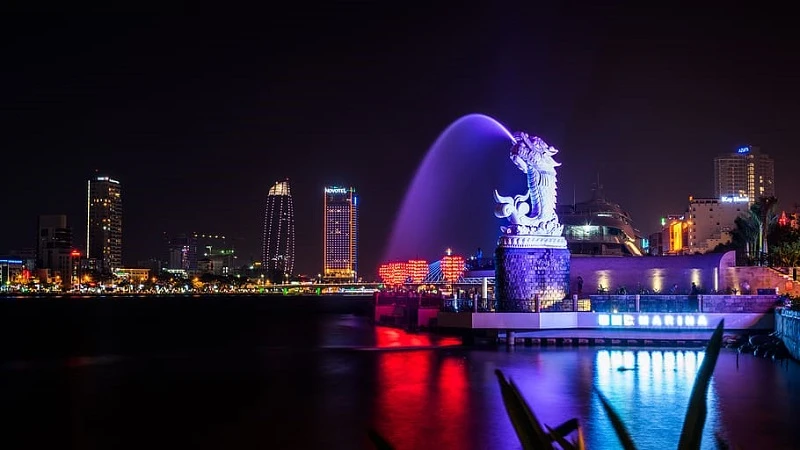
Visitors have been drawn to Da Nang’s sand beach and colonial architecture for many years. The city serves as a vacation destination for visitors who wish to spend days resting on white sand.
It is located midway between Ho Chi Minh City in the south and Hanoi in the north. The built-up shoreline of My Khe Beach is ideal for those who enjoy water sports, and despite the fact that it may get quite busy, the mood is always enjoyable.
Try the tree-lined Lang Co Beach with its crystal-clear seas and softly lapping waves if you need some space.
Conclusion
Vietnam is one of the most diverse and attractive nations in South East Asia, and it is incredibly popular owing to its plethora of contrasting attractions.
Vietnam offers it everything, from the bustling metropolis of Hanoi to the relaxed way of life in the Mekong Delta, to the white sand beaches that border its eastern and southern coastlines and the breathtaking mountains in the north.
Additionally, the cities in Vietnam effectively capture these many situations, whether you’re an explorer trying to see everything, a family eager to unwind by the beach, or a traveler hoping to meet new people and enjoy a vibrant nightlife scene.
